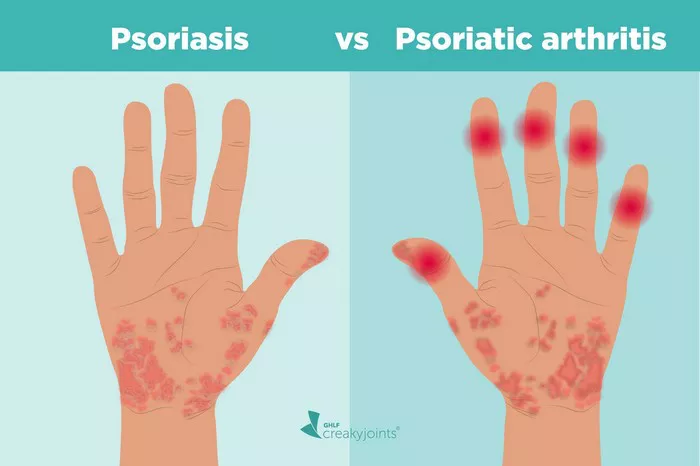Hidradenitis Suppurativa (HS) is a chronic inflammatory skin condition characterized by painful, recurrent nodules, abscesses, and sinus tracts primarily affecting the intertriginous areas of the body, such as the axillae, groin, and inframammary regions. This condition, often debilitating and distressing for those affected, poses numerous challenges in its management and understanding. Among the various complications associated with HS, the potential involvement of lymph nodes in the disease process raises questions and concerns regarding its implications and management.
The lymphatic system plays a crucial role in the body’s immune response, acting as a network of vessels and nodes responsible for filtering and transporting lymph, a fluid containing white blood cells and waste products, throughout the body. Swollen lymph nodes, also known as lymphadenopathy, occur when the lymph nodes become enlarged due to an immune response to infection, inflammation, or malignancy. Given the chronic inflammatory nature of HS, it is plausible to consider whether this condition can lead to the enlargement of lymph nodes and the potential implications thereof.
Understanding the Pathophysiology of Hidradenitis Suppurativa
To comprehend the relationship between HS and swollen lymph nodes, it is essential to delve into the underlying pathophysiology of the condition. While the exact etiology of HS remains incompletely understood, current evidence suggests a multifactorial interplay involving genetic predisposition, environmental factors, and immune dysregulation.
One prevailing hypothesis implicates the occlusion of hair follicles and subsequent inflammation as central to the development of HS lesions. This occlusion is believed to trigger an aberrant immune response, leading to the formation of inflammatory nodules and abscesses characteristic of the disease. Furthermore, factors such as bacterial colonization, altered microbiome composition, and hormonal influences contribute to the perpetuation of inflammation and disease progression in HS.
The Role of Inflammation in Lymph Node Involvement
Inflammation lies at the crux of HS pathogenesis and progression, serving as a driving force behind the formation and persistence of lesions. Inflammatory mediators, including cytokines, chemokines, and immune cells, orchestrate a cascade of events that perpetuate tissue damage and remodeling in affected areas.
As inflammation ensues in the skin and subcutaneous tissues characteristic of HS, it is conceivable that lymphatic vessels draining these regions may become involved. Lymphatic vessels serve as conduits for immune cells and inflammatory mediators, facilitating their transport to regional lymph nodes for processing and immune surveillance. Consequently, the chronic inflammation associated with HS may elicit a response in the draining lymph nodes, potentially resulting in their enlargement and the manifestation of lymphadenopathy.
Clinical Evidence and Observations
While the relationship between HS and swollen lymph nodes has garnered limited attention in the medical literature, anecdotal reports and clinical observations provide some insight into this phenomenon. Clinicians managing patients with HS have occasionally noted the presence of palpable lymph nodes in affected individuals, particularly in regions anatomically contiguous with active disease involvement.
Furthermore, imaging studies, such as ultrasound and magnetic resonance imaging (MRI), have occasionally revealed lymphadenopathy in patients with HS, albeit inconsistently. These findings suggest that while lymph node involvement may occur in some individuals with HS, it is not a universal feature and may vary in prevalence and severity among affected patients.
Potential Mechanisms of Lymph Node Involvement in Hidradenitis Suppurativa
Several mechanisms may underlie the potential involvement of lymph nodes in the context of HS:
1. Lymphatic Obstruction: Chronic inflammation and fibrosis within affected tissues may impair lymphatic drainage, leading to lymphatic obstruction and subsequent lymph node enlargement.
2. Immune Activation: The release of pro-inflammatory cytokines and chemokines within HS lesions may trigger an immune response in draining lymph nodes, contributing to lymphadenopathy.
3. Bacterial Spread: Secondary bacterial infection of HS lesions may result in the dissemination of bacteria to regional lymph nodes, provoking an inflammatory response and lymph node enlargement.
Clinical Implications and Management Strategies
The recognition of lymphadenopathy in patients with HS holds implications for disease management and patient care. Clinicians should maintain a high index of suspicion for lymph node involvement in individuals with HS, particularly those presenting with palpable lymph nodes or constitutional symptoms suggestive of systemic inflammation.
Diagnostic modalities such as ultrasound or MRI may aid in the evaluation of lymph node status in patients with HS, facilitating early detection and appropriate management. Additionally, histopathological examination of affected lymph nodes may provide valuable insights into the nature and extent of lymph node involvement in HS.
In terms of management, addressing underlying inflammation and disease activity remains paramount in mitigating the risk of lymph node enlargement and associated complications. Conventional treatment modalities for HS, including topical and systemic anti-inflammatory agents, antibiotics, and surgical interventions, aim to alleviate symptoms, reduce disease severity, and prevent disease progression.
Furthermore, maintaining good hygiene practices, avoiding tight-fitting clothing, and weight management may help mitigate factors contributing to HS exacerbations and lymphatic compromise. In cases where lymphadenopathy is significant or associated with systemic symptoms, consultation with specialists such as dermatologists, general surgeons, or rheumatologists may be warranted to guide further evaluation and management.
Conclusion
In conclusion, while the relationship between Hidradenitis Suppurativa and swollen lymph nodes remains an area of ongoing investigation, accumulating evidence suggests a potential association between the two. Chronic inflammation, immune dysregulation, and lymphatic involvement in HS may contribute to the enlargement of regional lymph nodes, manifesting as lymphadenopathy in affected individuals.
Clinicians managing patients with HS should remain vigilant for signs of lymph node involvement, employing appropriate diagnostic modalities and management strategies to address this aspect of the disease. Continued research efforts aimed at elucidating the pathophysiological mechanisms linking HS and lymphadenopathy are warranted to further our understanding of this complex and debilitating condition.
























